Firework Safety For Fourth of July 2025
With the Fourth of July upon us, it is important for everyone to prioritize firework safety. According to the United States Consumer Product Safety Commission stated that, “In 2024, there
With the Fourth of July upon us, it is important for everyone to prioritize firework safety. According to the United States Consumer Product Safety Commission stated that, “In 2024, there
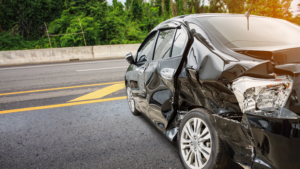
If you’ve been injured in a car accident in Utah, speaking with a Utah car accident lawyer and understanding how the state’s fault-based insurance system works is crucial to protecting
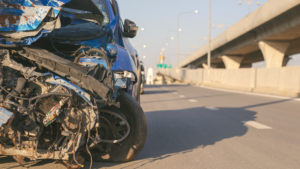
After a car accident in Utah, whether on I-15 near downtown Salt Lake City or on a snowy stretch of US-89 in Logan, obtaining the police report is one of
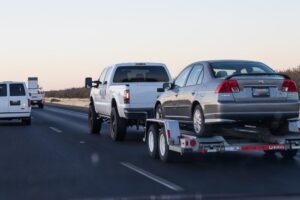
A car accident can happen in an instant, and when it does, your mind may be racing, your body in shock, and your future uncertain. Whether it’s a minor fender
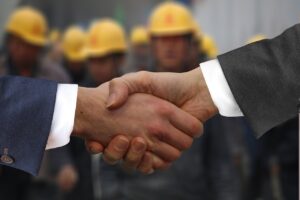
Property owners have a legal responsibility to keep their premises safe. Unfortunately, not everyone takes that responsibility seriously. Whether you slipped on a wet floor at a grocery store, tripped

Car accidents can leave deep emotional scars long after the physical wounds have healed. Whether your crash happened on I‑15 near Provo, on State Street in Salt Lake City, or
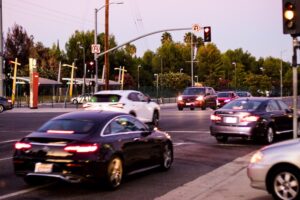
Driving in Salt Lake City can be unpredictable, especially at intersections that have earned a reputation for being crash-prone. While Utah’s road network is generally well-maintained, certain intersections consistently see

Being involved in a rideshare accident can be confusing and overwhelming. If you were injured in a crash while using Uber or Lyft in Utah, you may be entitled to
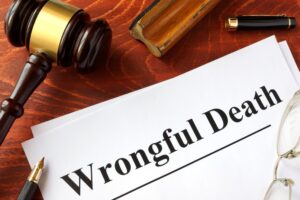
Losing a loved one because of someone else’s actions is a devastating experience. In the aftermath, it’s critical to understand your legal rights and options. Schedule your free consultation today
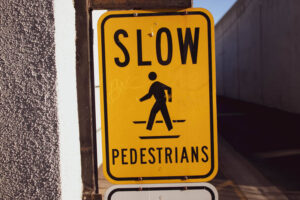
Being hit by a vehicle while walking can turn your world upside down. If you or a loved one has suffered injuries in a pedestrian accident, understanding your rights and
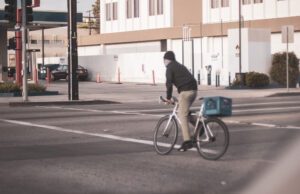
Motorcycle crashes are often misunderstood, and victims don’t always get the support they deserve. If you’ve been injured in a motorcycle accident, it’s important to separate fact from fiction and

A car crash can turn your world upside down in seconds. If you’ve been injured in a collision, understanding your rights and legal options is essential. Get the guidance you
UTAH INJURY LAWYERS
Flickinger • Boulton
• Robson • Weeks
PROVO OFFICE
3000 N University Ave
Suite 300
Provo, UT 84604
SOUTH JORDAN OFFICE
10393 S. Temple Dr.
Suite 103
South Jordan, Utah 84095
OFFICE HOURS
Monday- Friday: 8AM-5PM
Saturday-Sunday: Closed
*Disclaimer: the information provided by this website is for informational purposes only and should not be considered legal advice or a substitute for competent legal counsel.
**SMS consent and contact phone numbers will not be shared or sold to third parties or their affiliates for any purpose.
© 2025 All Rights Reserved.